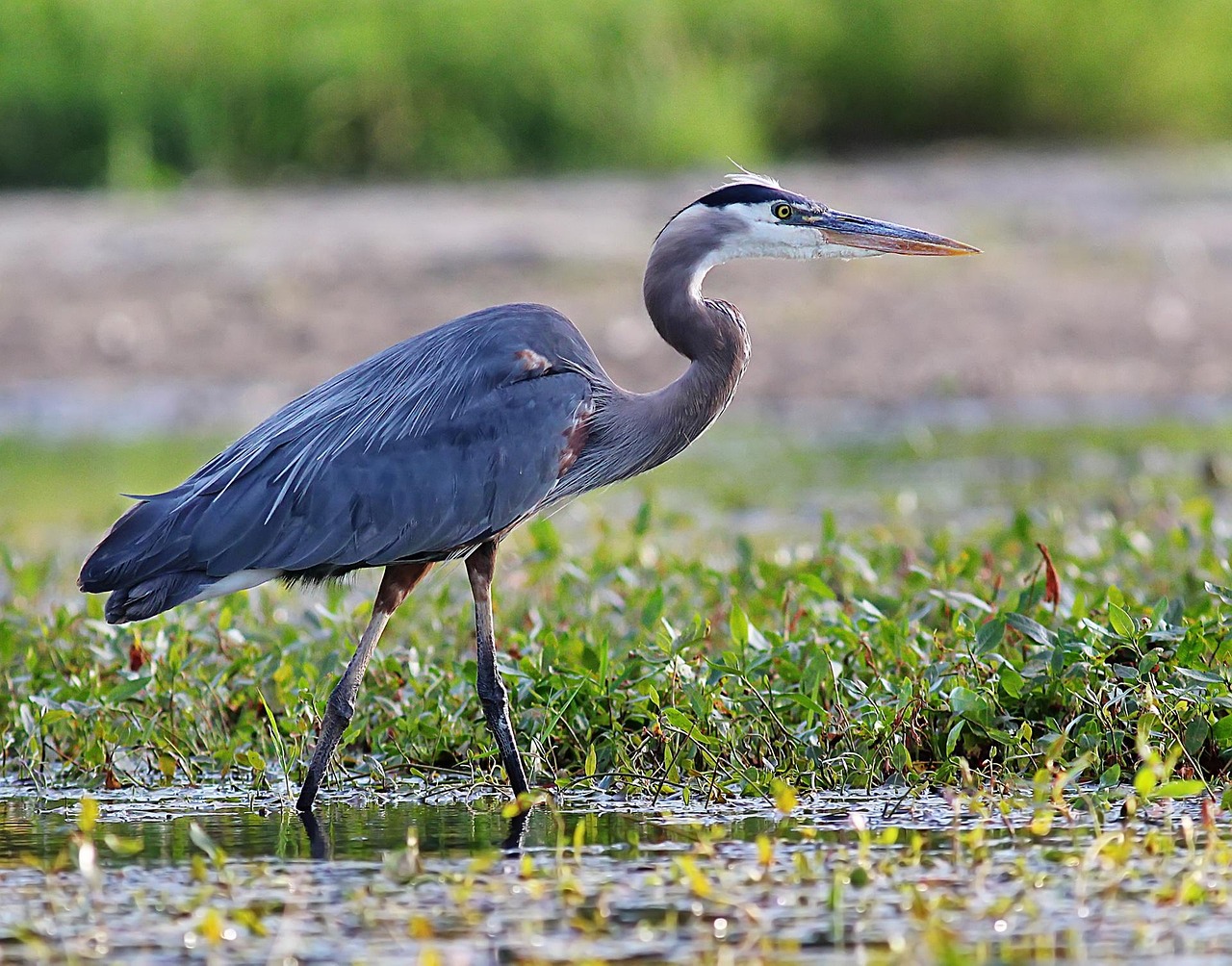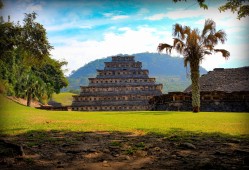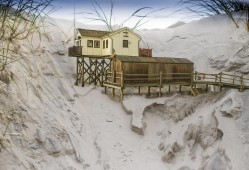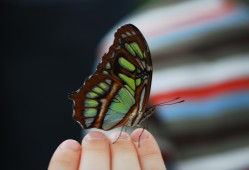Exploring the Wonders of the Animal Kingdom:A Comprehensive Guide
- 百科大全
- 2025-06-15
- 26
The animal kingdom is a vast and diverse realm that encompasses millions of species, each with its own unique characteristics and adaptations. From the microscopic zooplankton to the majestic blue whale, the animal world is a testament to the incredible diversity and complexity of life on Earth. In this comprehensive guide, we will delve into the fascinating world of animals, exploring their classification, habitats, behaviors, and the crucial role they play in our ecosystems.
Classification of Animals
The animal kingdom, or Animalia, is one of the five kingdoms in biological classification. It is further divided into phyla, which are groups of animals that share certain fundamental characteristics. Some of the most well-known phyla include:
1、Chordata: This phylum includes animals with a notochord at some stage of their life cycle, such as vertebrates (fish, amphibians, reptiles, birds, and mammals) and invertebrates like tunicates and lancelets.
2、Arthropoda: Comprising insects, spiders, crustaceans, and other creatures with jointed limbs and exoskeletons, this is the largest phylum in terms of species diversity.
3、Mollusca: Mollusks include snails, clams, octopuses, and squids, characterized by their soft bodies and often, a hard shell.
4、Annelida: Worms, such as earthworms and leeches, belong to this phylum, known for their segmented bodies.
Habitats and Adaptations
Animals are found in every corner of the globe, from the depths of the ocean to the highest mountain peaks. Their habitats range from deserts to rainforests, from polar ice caps to tropical coral reefs. Each habitat presents unique challenges, and animals have evolved a myriad of adaptations to survive and thrive in their environments.

1、Camouflage: Many animals have developed coloration and patterns that allow them to blend in with their surroundings,躲避 predators or ambush prey.
2、Migration: Some species, like birds and whales, undertake long journeys to find food or reproduce, a behavior known as migration.
3、Hibernation and Torpor: To survive harsh winters or periods of scarcity, animals like bears and some rodents enter a state of reduced metabolic activity, conserving energy until conditions improve.
Behaviors and Social Structures
Animal behavior is a complex field that encompasses everything from mating rituals to social interactions. Some animals lead solitary lives, while others form intricate social structures.
1、Social Animals: Insects like ants and bees live in colonies with a clear division of labor, while elephants and wolves form tight-knit family groups.
2、Communication: Animals communicate in various ways, from the songs of birds to the intricate dances of bees that indicate the location of food sources.
3、Mating and Reproduction: Reproductive behaviors are diverse, with some species practicing monogamy, while others engage in polygamy or even cooperative breeding.
The Role of Animals in Ecosystems
Animals play vital roles in maintaining the balance of ecosystems. They are essential components of food chains and webs, serving as both predators and prey.
1、Pollinators: Bees, butterflies, and bats are just a few examples of animals that help plants reproduce by transferring pollen from one flower to another.
2、Decomposers: Animals like vultures and dung beetles break down dead organic matter, recycling nutrients back into the ecosystem.
3、Keystone Species: Some animals, like sea otters and wolves, have a disproportionately large impact on their ecosystems and are considered keystone species. Their presence or absence can significantly affect the balance of the entire ecosystem.
Conservation and Biodiversity
With the increasing threats of habitat loss, climate change, and pollution, the conservation of animals and their habitats has never been more critical. Efforts to protect biodiversity include the establishment of protected areas, the enforcement of wildlife laws, and the promotion of sustainable practices.
1、Endangered Species: Many animals are at risk of extinction due to human activities. Conservation programs aim to protect these species and their habitats to prevent further loss.
2、Ecotourism: Responsible tourism can provide economic incentives for local communities to protect wildlife and their habitats.
3、Citizen Science: The involvement of the public in data collection and monitoring can contribute significantly to our understanding of animal populations and their needs.
In conclusion, the animal kingdom is a complex and intricate web of life that is integral to the health of our planet. Understanding the diversity, behaviors, and ecological roles of animals is not only fascinating but also essential for our own survival. As stewards of the Earth, it is our responsibility to protect and conserve the incredible array of life that shares our world.













